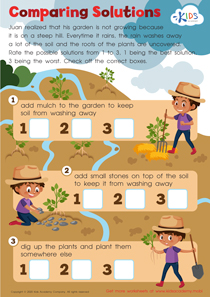Map reading Worksheets for Ages 3-8
4 filtered results
-
From - To
Discover engaging Map Reading Worksheets designed for children aged 3-8! Our carefully crafted activities foster important geographical skills while ensuring fun and interactive learning. Through colorful maps, puzzles, and exercises, kids develop spatial awareness, directional knowledge, and the ability to interpret simple maps. These worksheets gradually increase in complexity, perfectly catering to young learners at different developmental stages. With our map reading worksheets, children embark on exciting adventures, building confidence and curiosity about the world around them. Ideal for use both in the classroom and at home, these resources are fantastic for laying the foundation of essential navigational skills early on.
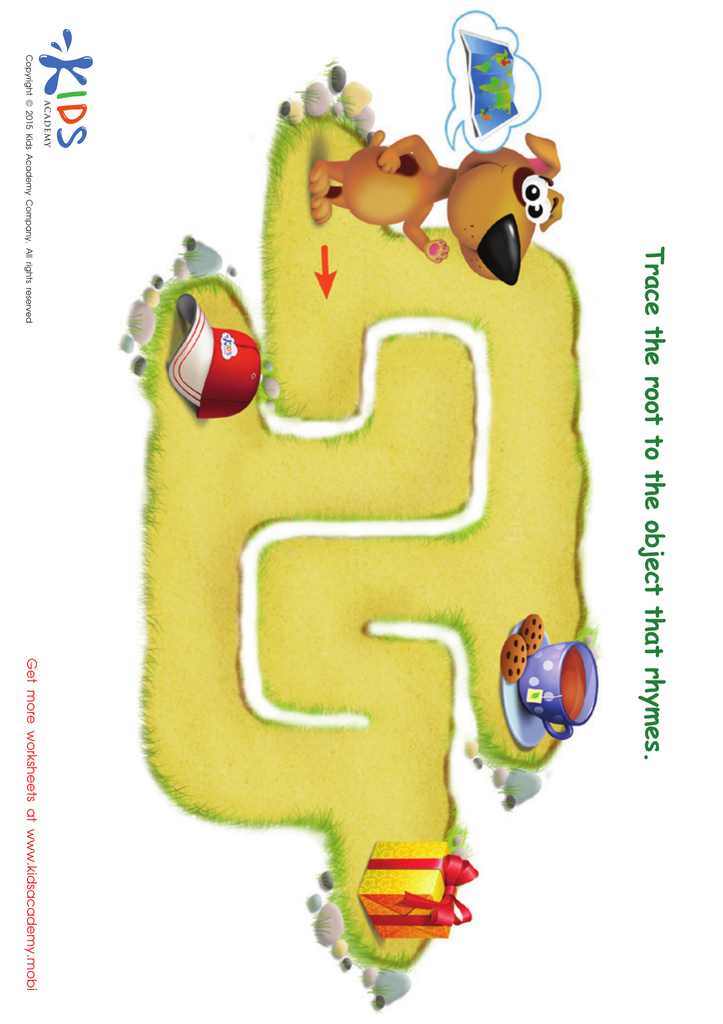

Map Rhyming Words Worksheet
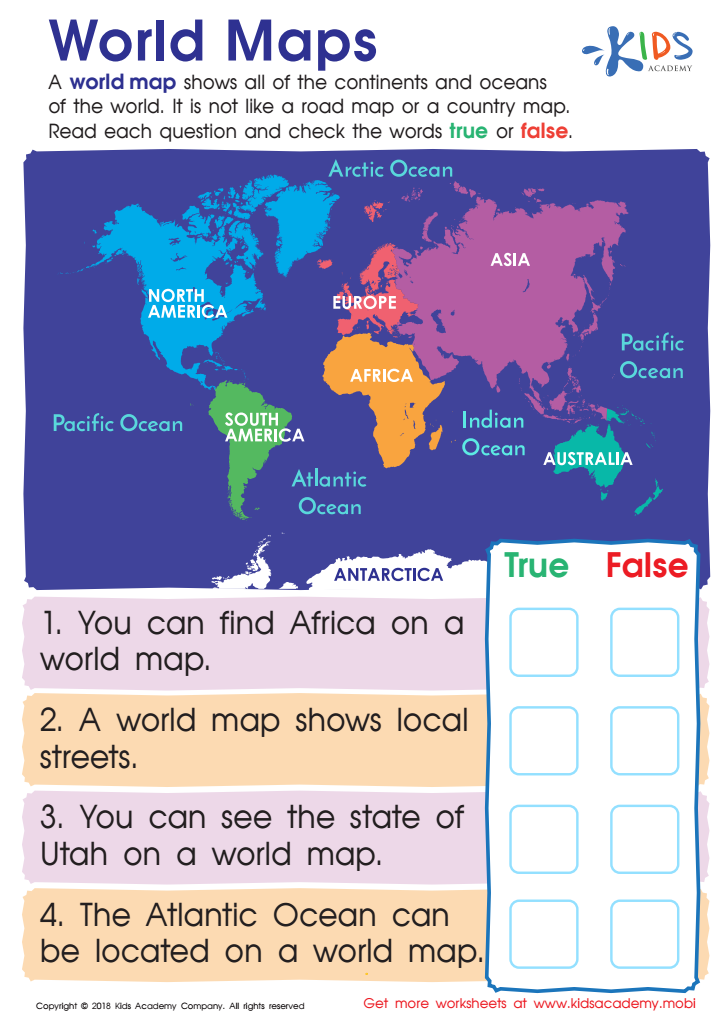

World Maps Worksheet
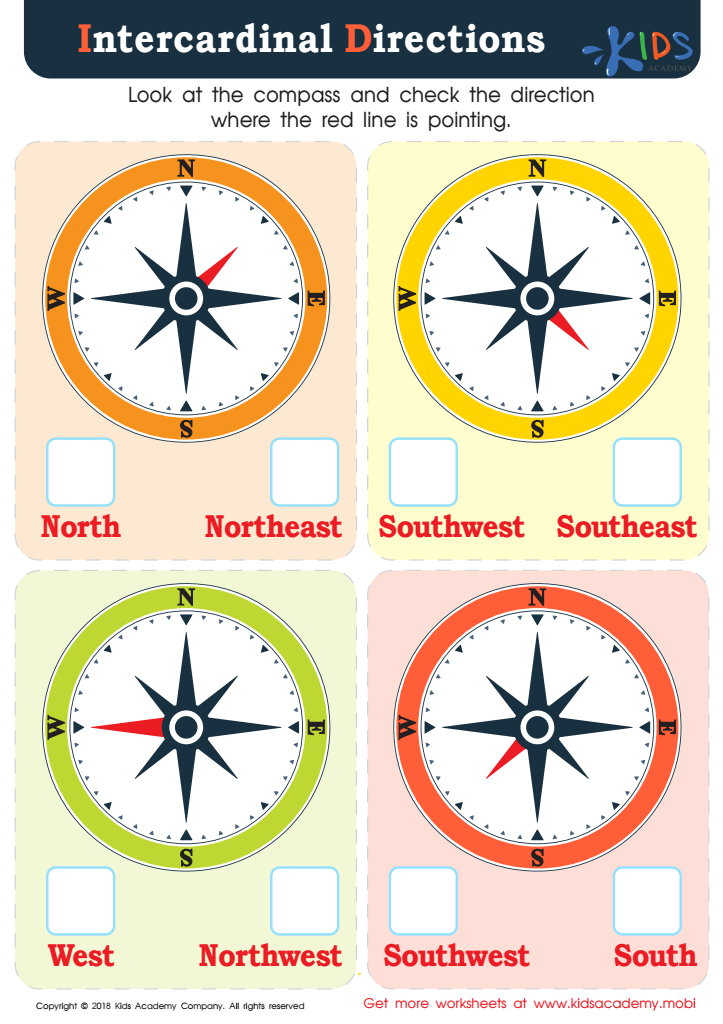

Intercardinal Directions Worksheet
Parents and teachers should pay attention to map reading for children aged 3-8 because it is a fundamental skill that supports multiple areas of development. Firstly, map reading fosters spatial thinking, helping kids understand their environment, locations, and directions, skills essential for daily navigation. It also enhances cognitive development by challenging children to understand symbols, landmarks, scales, and legends, which are vital for problem-solving and reasoning.
Moreover, map reading is a form of visual literacy that promotes better memory and recall abilities. By recognizing patterns and correlating visual elements with real-world objects, children improve their ability to interpret and organize information.
Engaging in map reading also strengthens mathematics skills, teaching concepts like distances, shapes, and measurements in a practical context. When children understand maps, they learn to translate abstract bearings into meaningful, logical constructs—skills imperative for mathematics and science.
Additionally, maps often incorporate reading and writing elements. Through interpreting labels and narrating the map's structure, young children can reinforce their literacy skills.
Lastly, an early introduction to map reading nurtures curiosity and a sense of adventure. It allows children to comprehend the world beyond their immediate surroundings, fostering global awareness and empathy by understanding cultures and geographies different from their own. Thus, map reading is not only educational but also provides children with the tools to become informed, capable, and curious global citizens.
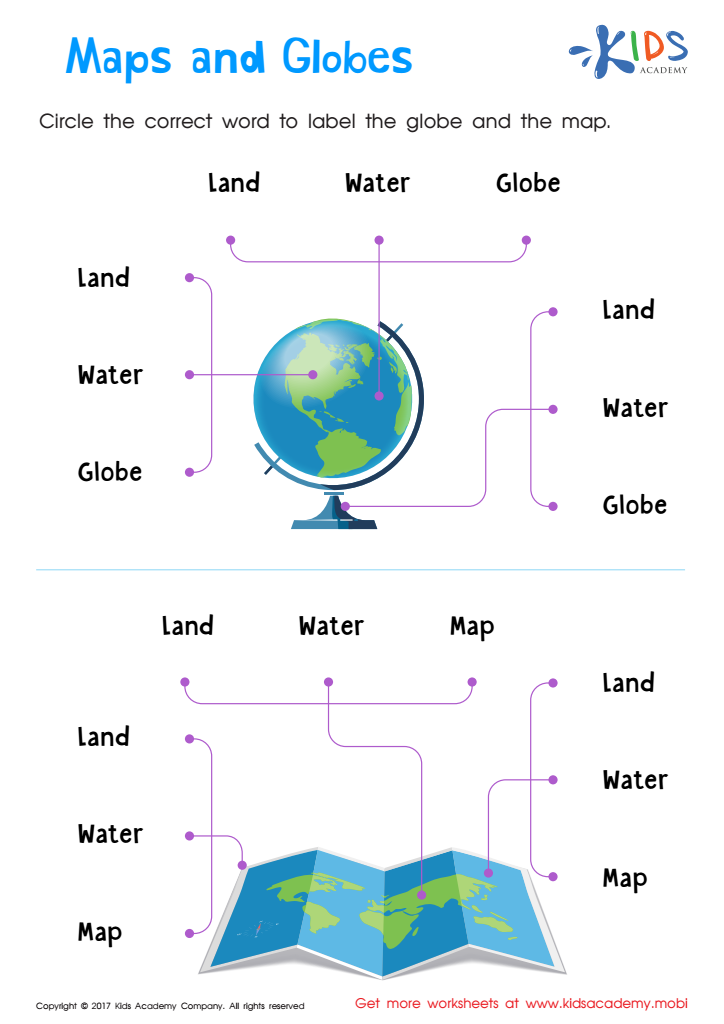
 Assign to My Students
Assign to My Students











